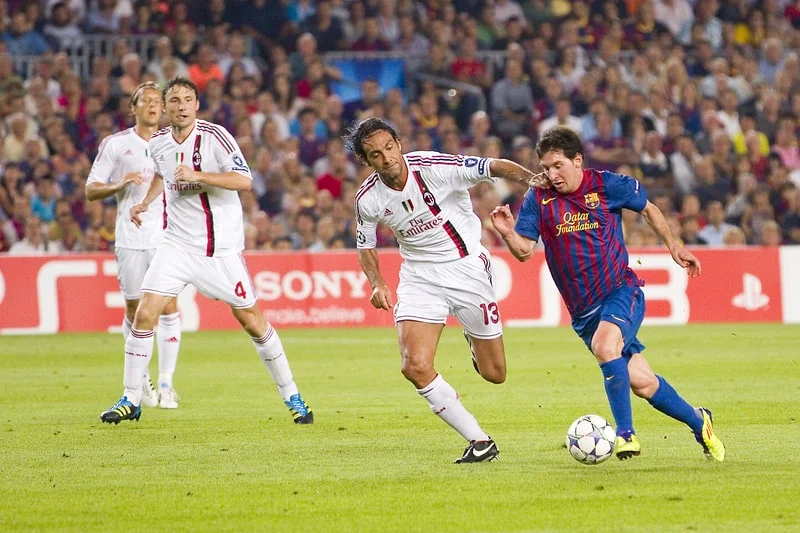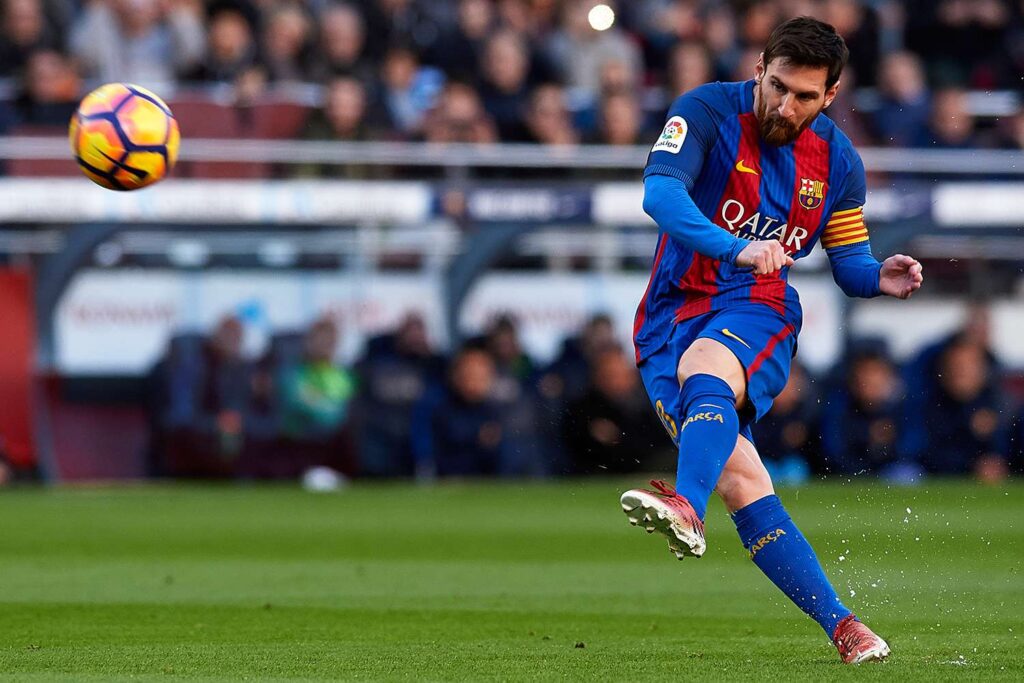Soccer, with its global popularity, captivates millions of fans and players. A question often asked is, “How tall do you have to be to play professional soccer?” Height in soccer can influence a player’s career, but how pivotal is it? This blog post will explore the role of height, breaking down its impact on different positions, and discussing how it interplays with a player’s skills and career trajectory.
The Role of Height in Soccer

Source: undefined.photos
Height matters in soccer for various reasons. Taller players often have an advantage in aerial duels, which is crucial in set-pieces like corners and free-kicks. However, height isn’t a one-size-fits-all advantage. In positions like goalkeeping, being taller can be a significant asset, while for midfielders or wingers, agility and speed might outweigh the benefits of size. Therefore, a player’s height can influence their performance, but it’s not the sole determinant of success. Different positions in this sport may have different length demands, making the game inclusive for a wide range of body types.
Height Requirements in Different Positions
Goalkeepers typically benefit from being taller. A height of 6 feet or above is common among top goalkeepers, aiding them in covering more goal area. Defenders, especially center-backs, also tend to be taller to win aerial battles. Midfielders and attackers, however, have a wider range of acceptable sizes. Notably, some of the world’s best players, like Lionel Messi, don’t fit the tall stature norm, showcasing that talent and skill can outweigh these disadvantages in their roles. This raises a question: Who is shortest soccer player? Indeed, soccer’s history includes incredibly talented players who have thrived despite not having the advantage of height, further illustrating that this sport is a sport that accommodates diverse physical profiles.
Pros and Cons of Height in Soccer

Source: soccerprime.com
Being tall in soccer comes with advantages such as better heading ability and reach. However, taller players might face challenges in agility and balance. Conversely, shorter players often excel in speed, agility, and close ball control. These contrasting attributes show that it brings both benefits and drawbacks. Ultimately, it’s the combination of physical attributes, skills, and technique that make a successful player, not height alone.
Notable Players of Different Heights
Professional soccer showcases a diverse array of player heights. Lionel Messi, at 5’7″, excels with extraordinary agility and ball control. Peter Crouch, standing at 6’7″, used his size for remarkable heading ability. These examples underscore that success in soccer is not height-dependent. Players of various statures have found ways to leverage their unique physical attributes to excel in their respective positions.
Conclusion

Source: liveabout.com
In conclusion, while height can be a factor in a player’s soccer career, it’s not the definitive criterion for success. Soccer is a sport where skills, dedication, and teamwork are equally, if not more, important. Aspiring players should focus on honing their abilities and understanding the game rather than fixating on their size. Soccer’s diversity in player heights is a testament to the sport’s inclusivity and the varied ways to achieve success on the field.



